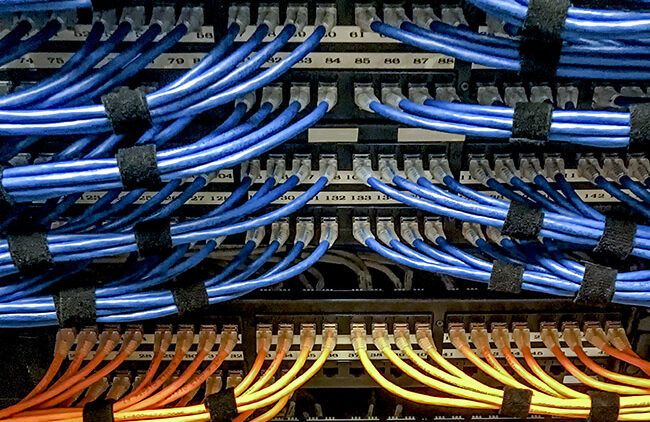Steps for Upgrading Your Company’s Cabling – Part 2
Part 2 will discuss Analysis Report, Selection of Cabling & Devices, and Process of Upgrading.
Analysis Report
After the site survey and staff interviews, the networking designer will provide an analysis report. Your team’s review of this report will help ensure that no important information is missing and that there aren’t any factual mistakes. After revisions and your confirmation of the report’s accuracy, the upgrade process can start.
Selection of Cabling & Devices
The process of selecting cabling and equipment will involve trade-offs involving cost and performance. There will be the creation and testing of the system prototypes, which allows technicians to address any issues discovered.
Below are the categories of cables from oldest to newest that may be tested during the selection process:
Copper Cabling (from oldest to newest) – Cat5e, Cat 6, Cat6a, Cat6e, Cat 7, Cat7a, and Cat 8. Today’s minimum standard for a new installation in facilities, such as hospitals and schools, is Cat6a. Selecting a newer standard will help “future proof” your infrastructure.
Coaxial Cabling – A low voltage cable featuring a solid copper core and several protective layers, coaxial cabling can support various media applications, including access control, CCTV, nurse call systems, and teleconferencing.
Fiber Optic Cabling – Invulnerable to EMI, fiber optic cabling is an advanced low voltage cable capable of transmitting data faster and farther than copper and coaxial cabling. Available in single-mode, multi-mode, and laser varieties, fiber optic can future-proof IT infrastructure well.
Process of Upgrading
If planning and preparation are carried out properly, the installation of structured cabling will typically be accomplished without incident. An important objective is minimizing the disruption of your company’s operations.
After installation and testing are complete, the network designer will compare the technical objectives to the rest results. An evaluation should cover the performance, user experience, costs, and further optimizations needed.
Founded in 1986, Progressive Office’s success has been a direct result of years of commitment to seeking cost-effective solutions. Working together, Progressive teams are committed to getting your data cabling, access control, and telecom systems installed and operating while minimizing disruption and downtime. Call our toll-free number (800) 614-4560 today.

